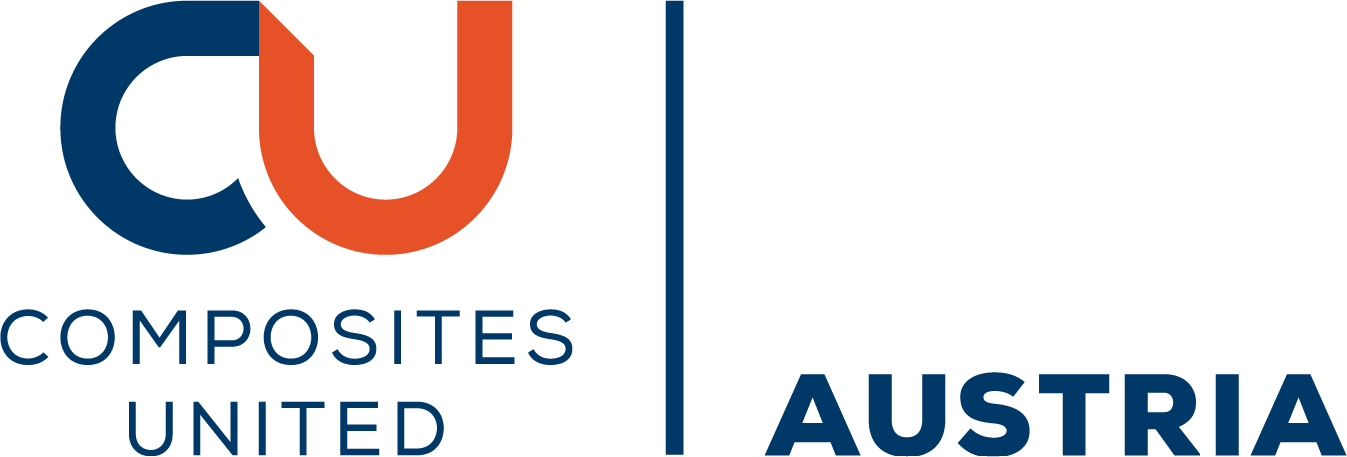
Deep Eshelby Network: An AI Framework for Multiscale Mean-Field Homogenization with Arbitrary Inclusion Shapes
Please login to view abstract download link
Mean-field homogenization theory is a widely used approach for predicting the macroscopic properties of composites. This theory is primarily based on the Eshelby problem, which provides solutions for eigenstrain concentration in an ellipsoidal inclusion within an infinite matrix. However, real-world microstructures often contain inclusions with non-ellipsoidal shapes, for which no analytical Eshelby solutions exist [1]. To overcome this limitation, we propose the Deep Eshelby Network (DEN), a machine-learning-based framework that solves the Eshelby problem for arbitrary inclusion shapes by leveraging recently established deep material networks (DMNs) [2, 3, 4]. The DEN is structured as a tree-like neural network where each neuron performs stiffness homogenization and strain concentration based on laminate homogenization theory. The DEN is trained with strain concentration tensors derived from finite element (FE) simulations of superspherical inclusions (see Fig. 1) embedded in an infinite matrix. By parameterizing superspheres, the DEN accurately predicts strain concentration tensors for a broad range of physically relevant inclusion geometries. Once trained, the DEN seamlessly integrates with mean-field homogenization theories, allowing efficient homogenization of complex multi-scale microstructures without requiring additional microstructure-specific training. This approach surpasses the limitations of analytical methods while significantly reducing the computational cost compared to FE simulations, offering a practical and scalable solution for modeling composite materials. [1] R. Traxl, and R. Lackner. (2018) Mechanics of Materials. 126. 126–39. [2] Z. Liu, and C. T. Wu. (2019) Journal of the Mechanics and Physics of Solids 127. 20–46. [3] S. Gajek, M. Schneider, and T. B¨ohlke. (2020) Journal of the Mechanics and Physics of Solids. 142. 103984. [4] V.D. Nguyen, and L. Noels. (2022) European Journal of Mechanics - A/Solids. 91. 104384.






